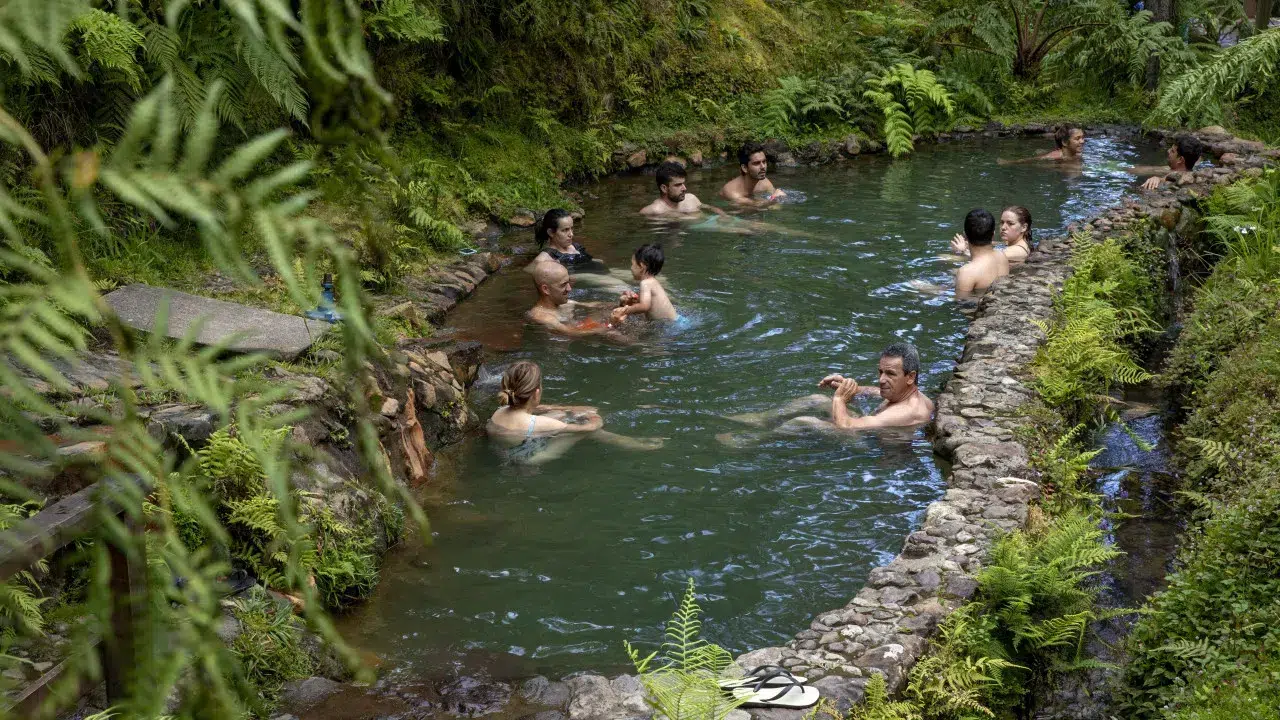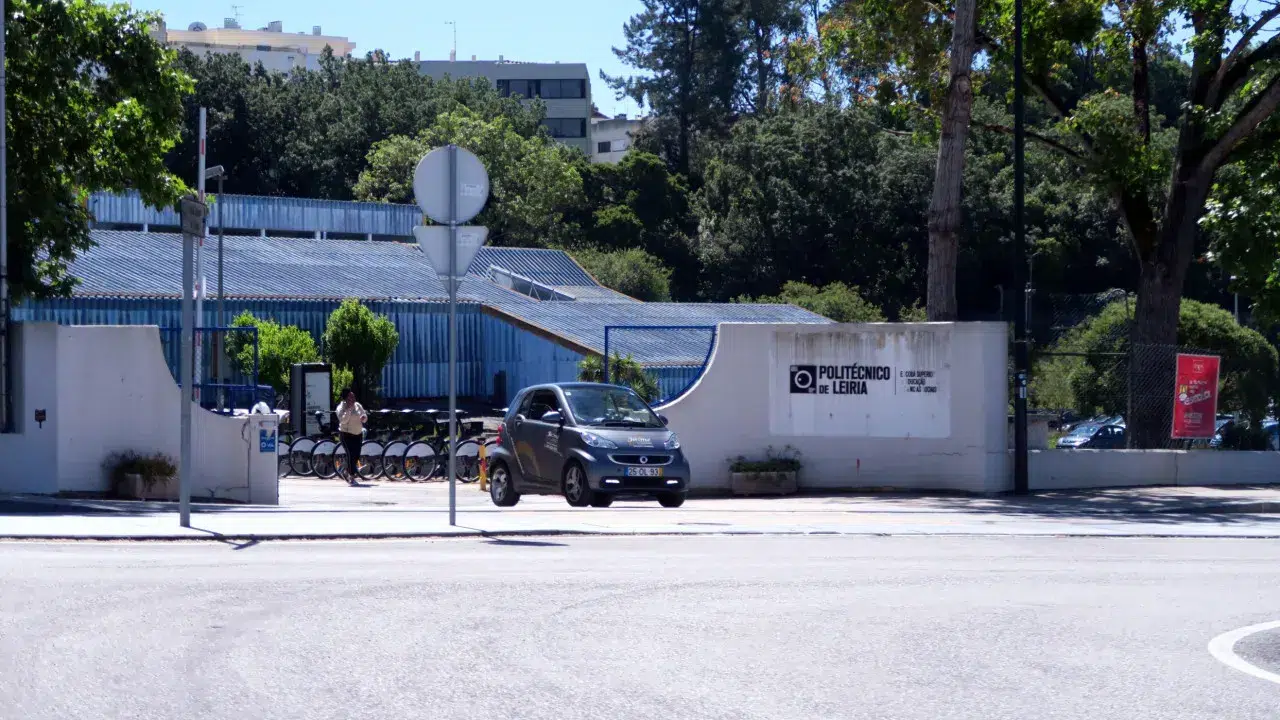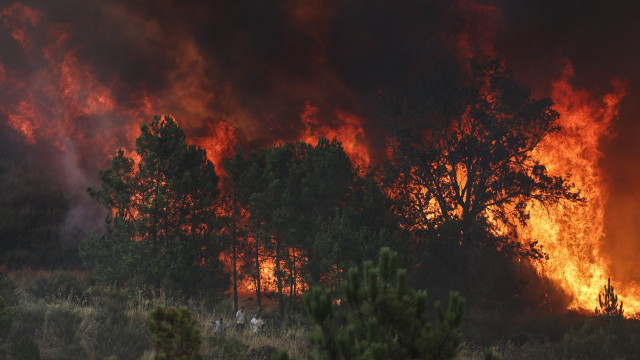
The Azores Autonomous Region has identified 50 thermal phenomena and boasts eight active thermal spas.
The president of the Azorean thermal association, Luísa Pereira, revealed that last year, mainland spas saw approximately 80,000 users, whereas the Azores recorded close to 150,000 users, underscoring the remarkable success of thermal tourism in the archipelago.
“In my opinion, this success is due to simple balneotherapy, a well-known phenomenon such as the Dona Beija, Caldeira Velha Park, or [Park] Terra Nostra,” in the municipalities of Povoação and Ribeira Grande, on the island of São Miguel, she explained.
Balneotherapy involves the use of outdoor thermal water through a pool or a complex, primarily consisting of thermal tanks.
“This feature truly makes Azorean thermal tourism a genuine success,” leading to a significantly higher number of users in the archipelago compared to mainland Portugal.
Pereira stated that, although the thermal waters in the Azores are empirically recognized for their health benefits, this distinct modality is already being replicated in mainland thermal complexes, highlighting the practice’s success.
The president noted that preliminary data for thermal spa usage in 2025 suggests numbers could surpass last year’s, although she did not specify figures.
Regarding the origins of spa-goers in the Azores, they hail from “various source markets.”
She mentioned that “a significant portion” of users are local residents, while the rest are visitors from various countries. There are periods with higher numbers from the United States and Canada, driven by Azorean emigration.
“Our diaspora, whenever they return to the Azores, visits the spas […] We also serve all markets. [In] certain times, we see the German market, our Portuguese from the mainland, and a variety of different cultures and people.”
The president also noted periods with more visitors from France and England, “as thermal tourism is a global phenomenon, albeit more ingrained in some cultures.”
Portugal boasts “a rich and significant thermal culture,” she concluded.
According to Pereira, the region has identified 50 thermal phenomena (on the islands of São Miguel, Terceira, Faial, Flores, and Graciosa) and eight active thermal spas, three of which are bathhouses (two in São Miguel and one in Graciosa).
There are two inactive thermal bathhouses, one on Faial Island (Termas do Varadouro) and another in the municipality of Ribeira Grande (Termas da Ladeira da Velha).
In São Miguel, spas are located in Ribeira Grande (Caldeiras and Caldeira Velha), Ponta Delgada (Ferraria, in Ginetes), and in the municipality of Povoação, parish of Furnas (hotel, Terra Nostra Park, Poça da Dona Beija, and Poça da Dona Silvina).
In Graciosa, in Santa Cruz da Graciosa, the Carapacho bathhouse is operational, having reopened in late July.
A thermal spring has been identified on Flores Island, while Terceira Island, with several recognized sites, utilizes the thermal water for geothermal energy production.




